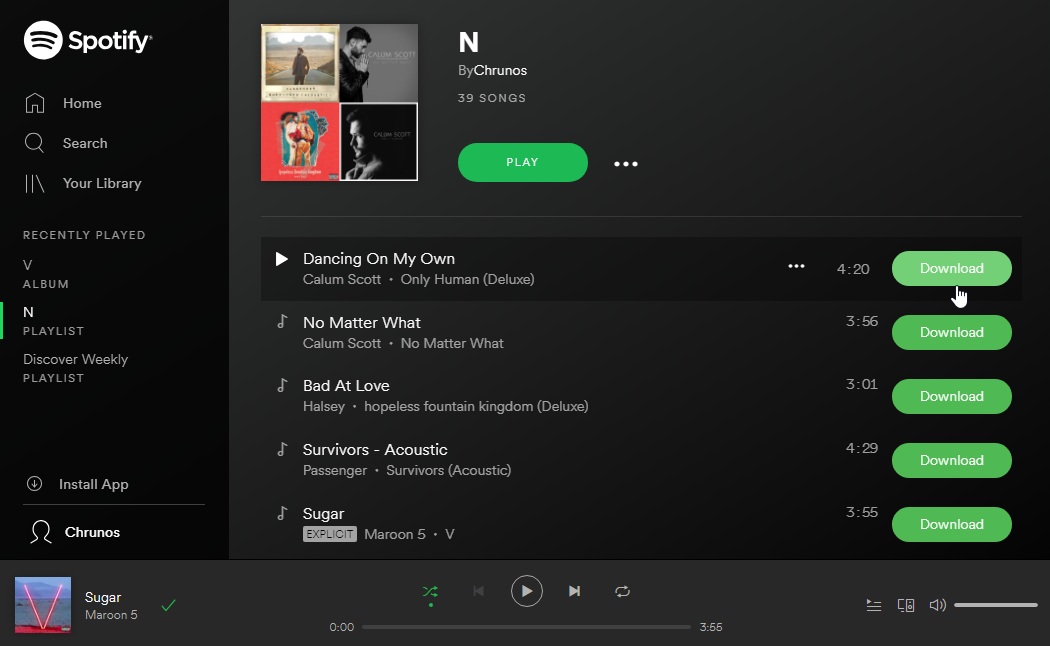

So using it to get some ideas of why we see trends is a great way to figure out more about why musical artists are gaining streams.Įxample: Through some Googling with the terms “Bon Entendeur” and “FSQ”, I learned that also on February 21st, 2019, Bon Entendeur broadcast a radio show including that FSQ “Cold Front” remix. Using these offerings, one thing a manager or label marketer could do is triangulate Apple Music and Spotify events - like playlist additions - to see if behavior on one service drives fans to also consume music on another platform. Chartmetric starts at $140 a month, while Soundcharts is about $60 a month. They are paid subscription services more geared to artist managers and record label marketing teams. Furthermore they are exciting analytic platforms because they also keep track of broadcast radio airplay beyond streaming. Soundcharts and Chartmetric are subscription services that roll up artist analytics from Apple Music, Spotify, Amazon Music, Deezer, other social media channels. But why? Now let’s triangulate the Spotify Wrapped data with some external data sets.

March 8th 2019, FSQ’s “Cold Front” remix received a peak of 184 streams in one day. It will be interesting to see if they expand the scope of the year end stats offering for the 2020 report. Here are the main data points that Spotify offered in past Wrapped reports. Some of this data triangulation work pulls in music data sources external to Spotify. You are going to want to do the same when you’re 2020 Wrapped drops, so the idea of this post is to help you understand what to look for in advance.

I’m trying to answer questions that are left unanswered by the presentation of the Spotify Wrapped data points.

Then using my music group FSQ, and our own Spotify Wrapped 2019 report, I attempt to understand the drivers behind the consumption of FSQ music on Spotify in 2019. Let’s look at what big data points Spotify Wrapped 2019 offered up - I highlight each one at the top of each section following in the post. What do I mean by triangulation? It means tying together the various data points Spotify offers to specifically figure out what’s driving the consumption of your music. For part 4 of this series, Don’t Split The Streams, I dig in on how to make sense of the Spotify Wrapped for Artists stats via data triangulation. Spotify does not do any of the “data triangulation” in it’s Wrapped program, but if you are a musical artist or manager who’s been logging into the Spotify for Artists platform regularly to view your music consumption stats, you will probably able to do such triangulation quite easily.


 0 kommentar(er)
0 kommentar(er)
